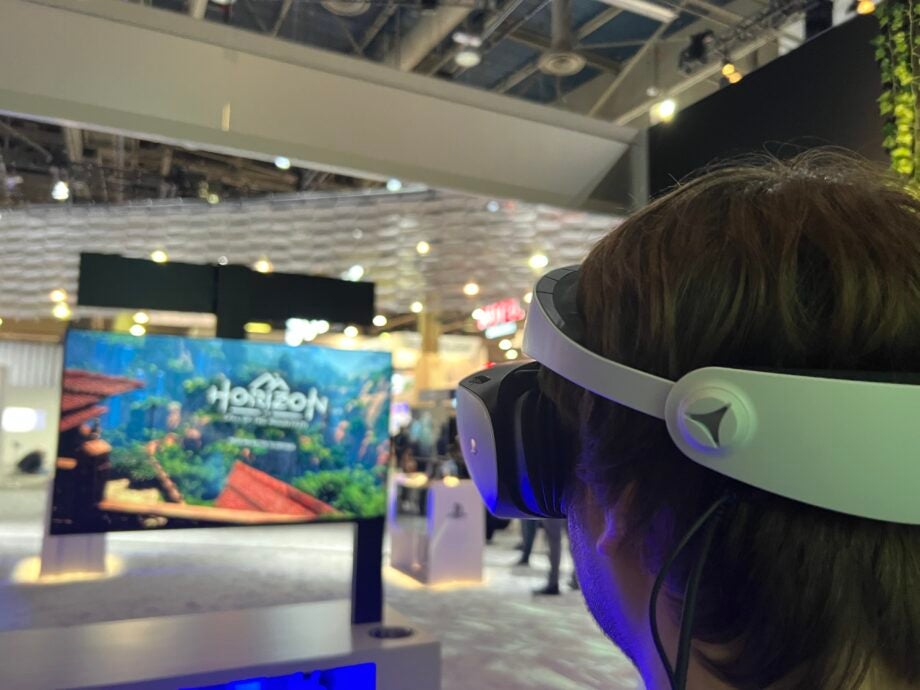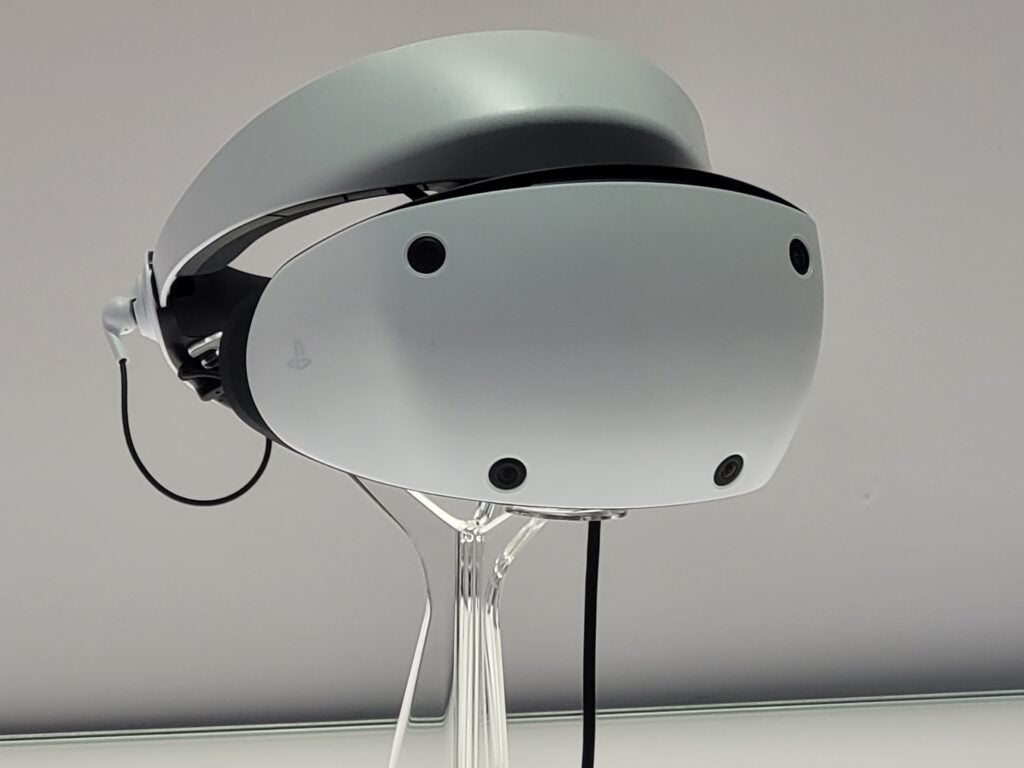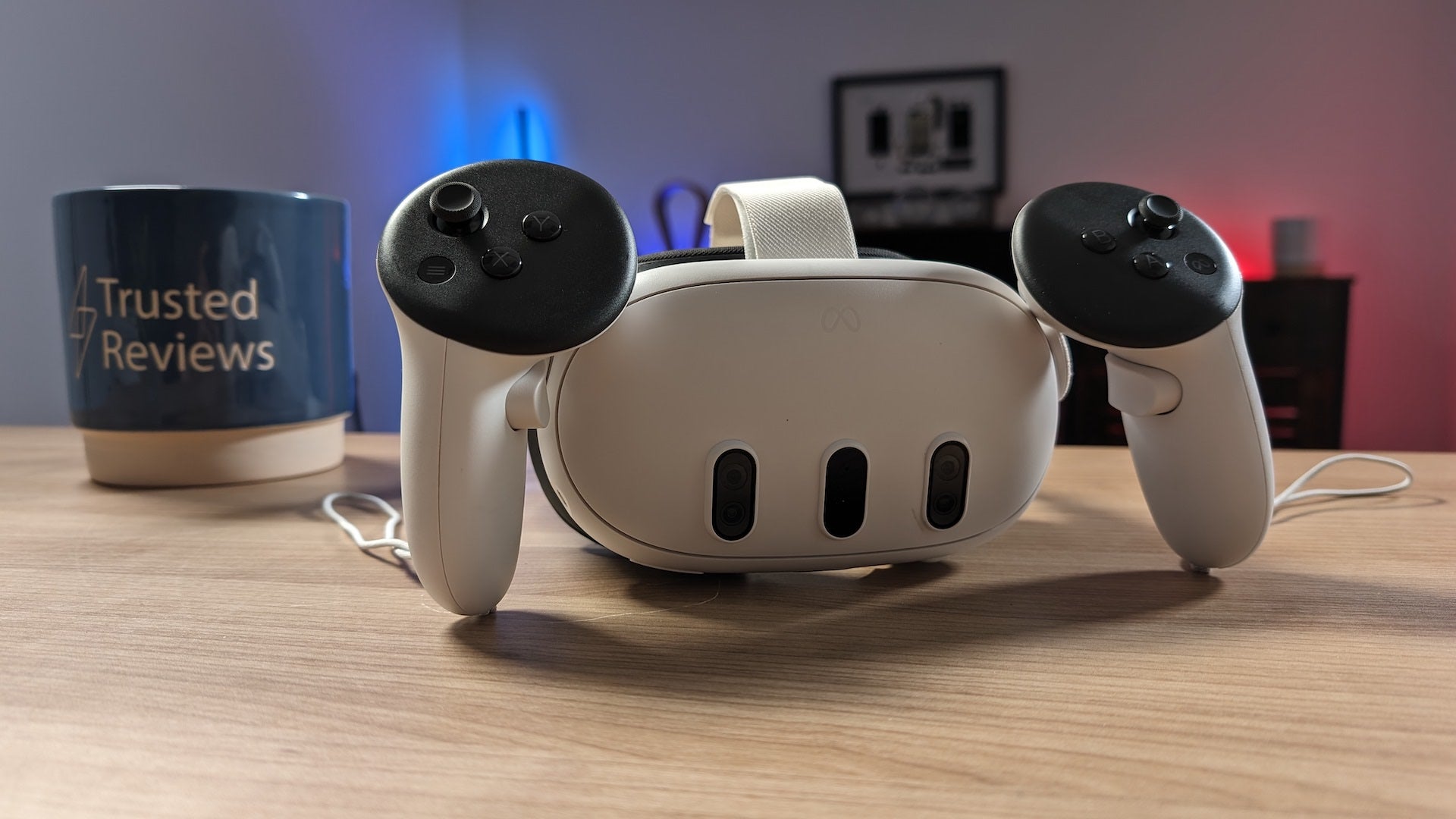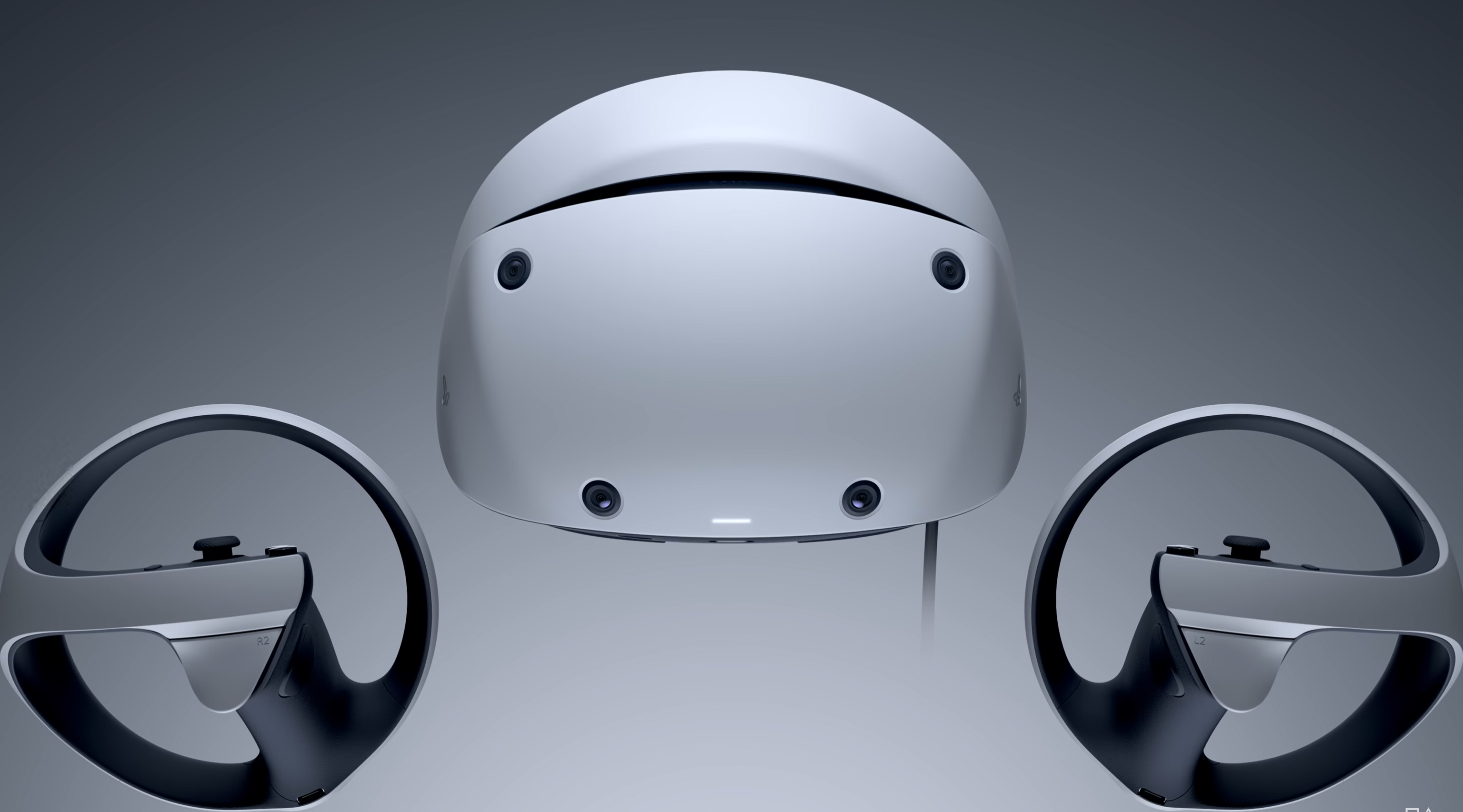What is eye tracking?

If you’re looking to buy a new VR headset, you may have heard of the latest feature to grace headsets – eye tracking.
The Meta Quest Pro and the PlayStation VR 2 both have it, but what exactly is eye tracking and how does it work?
What is eye tracking?
Eye tracking is a technology used to measure eye positions and movement. It can detect when someone is present as well as follow the movement of their eyes to determine what they’re looking at in real-time.
The tech has a huge range of potential applications, from scientific research and psychology to marketing to assistive technology and prosthetics. In this guide, we’ll be focussing primarily on eye tracking for VR and AR headsets.
How does eye tracking work?
According to Tobii, a leading company in eye tracking technologies, eye tracking systems are typically made up of one or more cameras, light sources and computing capabilities, including algorithms that translate the camera feed into data points.
Eye tracking software company iMotions goes into more detail regarding the process in its blog:
“Near-infrared light is directed toward the center of the eyes (pupil), causing detectable reflections in both the pupil and the cornea (the outer-most optical element of the eye). These reflections – the vector between the cornea and the pupil – are tracked by an infrared camera.”
The relative distance between the pupil centre and the corneal reflection is used to calculate the direction of the gaze.
Eye tracking systems are designed to detect a range of eye movements, including the pupil position, the gaze vector for each eye and the gaze point.
They then use machine learning and advanced image processing techniques to convert those movements into data streams that can be used to improve VR experiences or applied in any of the medical or technological scenarios mentioned earlier in this guide.
Eye tracking and VR
One way that eye tracking technology is leveraged in VR is foveated rendering.
This is a process in which only the elements of the environment that are being looked at are rendered rather than the entire scene, dramatically reducing the picture quality in the wearer’s peripheral vision.
Doing so reduces the amount of processing power required of the headset, meaning that power can be put toward other functions in the headset.

Last summer, Tobii revealed that its technology would be used to power the eye-tracking technology in the PlayStation VR 2. It’s been confirmed that a few game studios will use the technology for gameplay elements; The Dark Pictures: Switchback VR will, according to Edge magazine, be able to detect when the player blinks, and will then rearrange horrific mannequins to give you a fright. And in Rez Infinite, you’ll be able to track and aim at enemies using just your eyes.
It will be interesting to see how game studios and app designers will continue to use eye-tracking technology in the future.




